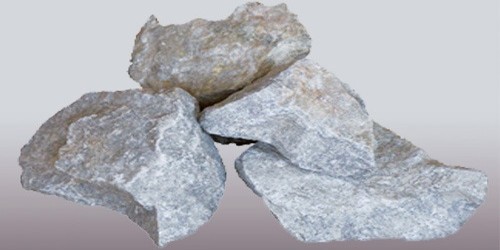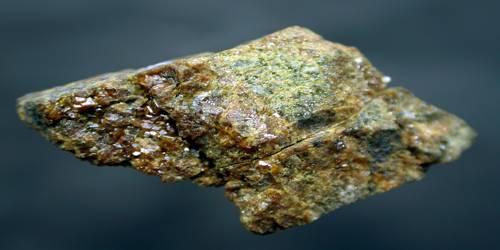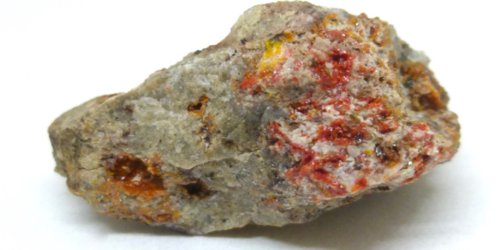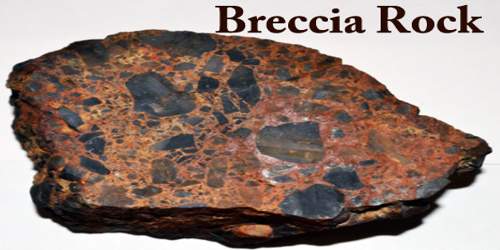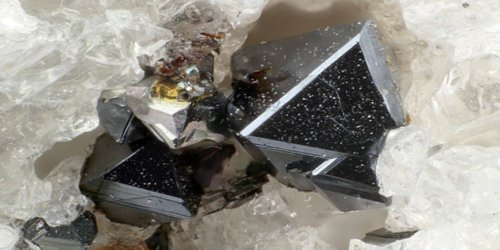Magnesite is a mineral with the chemical formula MgCO3 (magnesium carbonate). It is named after the presence of magnesium in its composition. Iron, manganese, cobalt, and nickel may occur as admixtures, but only in small amounts. It usually forms during the alteration of magnesium-rich rocks or carbonates rocks by metamorphism or chemical weathering.
General Information
- Category: Carbonate mineral
- Formula: (repeating unit) MgCO3
- Crystal system: Trigonal
- Crystal class: Hexagonal scalenohedral (3m)
- Color: Colorless, white, pale yellow, pale brown, faintly pink, lilac-rose
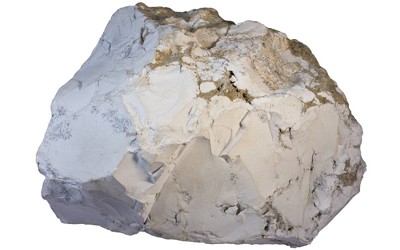
Properties
Magnesite usually has a specific gravity of between 3.00 and 3.20. It might be as low as 2.8 if it has a significant quartz or chert content. It has the same crystal structure of calcite, hence its inclusion into the calcite mineral group. This low specific gravity will be paired with a higher than normal hardness if your specimen contains significant chert or is silicified.
- Magnesite Crystal habit: Usually massive, or hexagonal prisms
- Cleavage: [1011] perfect
- Fracture: Conchoidal
- Tenacity: Brittle
- Mohs scale hardness: 3.5 – 4.5
- Luster: Vitreous
- Streak: white
- Diaphaneity: Transparent to translucent
- Specific gravity: 3.0 – 3.2
- Optical properties: Uniaxial (-)
Occurrence
Magnesite occurs as veins in and an alteration product of ultramafic rocks, serpentinite and other magnesium-rich rock types in both contact and regional metamorphic terrains. These magnesites are often cryptocrystalline and contain silica in the form of opal or chert.
Uses
Magnesite is used to produce magnesium oxide (MgO), which serves as a refractory material for the steel industry and as a raw material for the chemical industry. Large quantities of magnesite are burnt to make magnesium oxide: an important refractory material used as a lining in blast furnaces, kilns, and incinerators. Small amounts of magnesite are also used as a gem and lapidary material.
Magnesite is commonly used to make tumbled stones, beads, and cabochons. White magnesite is porous. It has the ability to be cut and reliably absorb dye to produce almost any color.
Magnesite can also be used as a binder in flooring material (magnesite screed). Furthermore, it is being used as a catalyst and filler in the production of synthetic rubber and in the preparation of magnesium chemicals and fertilizers. It is also used to make fertilizers, magnesium chemicals, and refined into magnesium metal.
Information Source:
